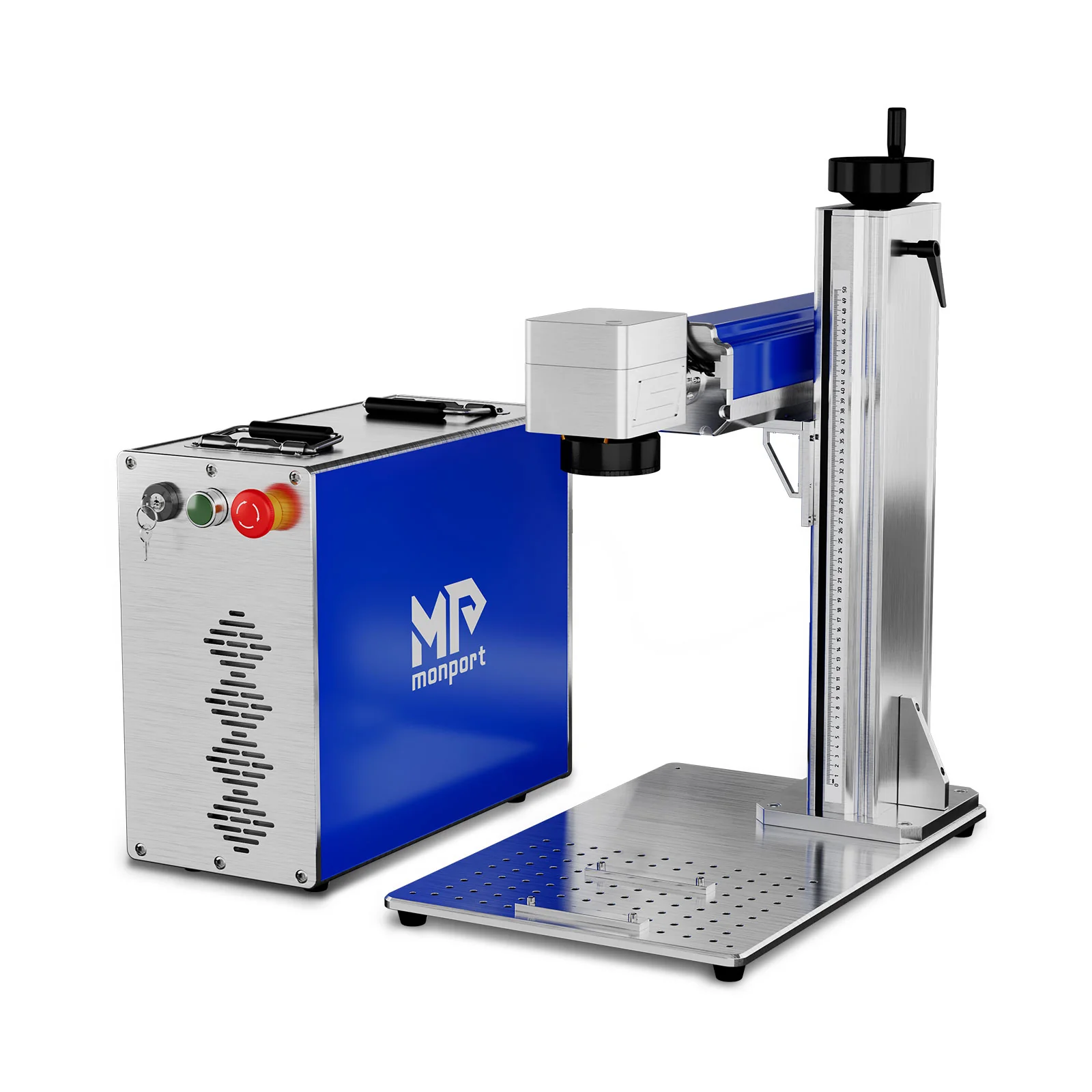The Ultimate Guide to Laser Cutter Machines: Everything You Need to Know

In the rapidly advancing world of manufacturing and design, laser cutter machines have become indispensable tools. From industrial applications to creative projects, these machines offer precision, efficiency, and versatility that few other technologies can match. Whether you’re an entrepreneur looking to streamline your production process or a hobbyist eager to explore new creative possibilities, understanding how laser engraving machines work, their benefits, and their various applications is crucial.
What is a Laser Cutter Machine?
A laser cutter machine is a tool that uses a high-powered laser beam to cut, engrave, or mark materials. The laser beam is focused on the material, causing it to melt, burn, or vaporize, resulting in a precise cut. These machines can work with a wide range of materials, including metals, plastics, wood, glass, and textiles, making them incredibly versatile.
How Does a Laser Cutter Machine Work?
At the core of a laser cutter machine is the laser itself, which is generated through a process of stimulated emission. The machine typically consists of three main components:
- The Laser Source: This is where the laser beam is generated. The type of laser used depends on the material being cut. Common types include CO2 lasers, fiber lasers, and Nd
lasers.
- The Cutting Head: The laser beam is directed through a series of mirrors and lenses to the cutting head, where it is focused into a small, precise point on the material. The cutting head can move in different directions, allowing for complex cuts and engravings.
- The Workbed: This is where the material to be cut is placed. Some machines have a fixed workbed, while others have a moving workbed that allows for larger or more complex projects.
The cutting process can be controlled via computer software, enabling precise and intricate designs to be cut or engraved with minimal human intervention.
Types of Laser Cutter Machines
Understanding the different types of laser cutter machines is essential for choosing the right one for your needs. Here are the most common types:
CO2 Laser Cutters
CO2 laser cutters are the most widely used type, especially for non-metal materials. They are ideal for cutting and engraving materials like wood, acrylic, paper, leather, and glass. CO2 lasers are known for their precision and relatively low cost, making them popular among small businesses and hobbyists.
Fiber Laser Cutters
Fiber laser cutters are primarily used for cutting metals, including steel, aluminum, and copper. These machines offer high cutting speeds and excellent precision, making them suitable for industrial applications. Fiber lasers are also energy-efficient and have a longer lifespan compared to CO2 lasers.
laser cutters are specialized machines used for applications that require extremely high power, such as cutting thick metals or ceramics. They are commonly used in industries like aerospace, automotive, and electronics manufacturing.
Advantages of Using a Laser Cutter Machine
The rise in popularity of laser cutter machines is no coincidence. They offer several advantages that make them a preferred choice in various industries:
Precision and Accuracy
Laser cutters are known for their ability to produce precise and intricate cuts with minimal waste. The laser beam can be focused to a very fine point, allowing for highly detailed work that would be difficult or impossible to achieve with traditional cutting methods.
Versatility
One of the greatest strengths of laser cutter machines is their versatility. They can work with a wide range of materials, from metals to plastics, and even organic materials like wood and leather. This makes them suitable for a variety of applications, from industrial manufacturing to artistic projects.
Speed and Efficiency
Laser cutting is a fast process, especially when compared to other cutting methods. The ability to quickly produce large quantities of parts with consistent quality makes laser cutter machines ideal for high-volume production environments.
Cost-Effective
While the initial investment in a laser cutter machine can be significant, the long-term cost savings are substantial. The precision of laser cutting reduces material waste, and the automation of the process minimizes labor costs. Additionally, laser machines require less maintenance than traditional cutting tools.
Non-Contact Process
Laser cutting is a non-contact process, meaning the laser beam does not physically touch the material being cut. This reduces the risk of contamination or damage to the material, resulting in cleaner cuts and higher-quality products.
Applications of Laser Cutter Machines
The applications of laser cutter machines are virtually limitless, spanning across various industries and creative fields:
Manufacturing
In manufacturing, laser cutter machines are used to create everything from automotive parts to electronic components. Their precision and efficiency make them ideal for producing complex parts with tight tolerances.
Jewelry Making
Laser cutters are increasingly used in jewelry making, allowing for the creation of intricate designs and detailed engravings. The ability to cut precious metals with minimal waste is particularly beneficial in this industry.
Architecture and Model Making
Architects and model makers use laser cutter machines to create accurate scale models of buildings and structures. The precision of laser cutting allows for the creation of highly detailed models that can be used in presentations and planning.
Art and Design
Artists and designers use laser cutters to create everything from custom furniture to intricate sculptures. The ability to work with a wide range of materials allows for creative freedom and experimentation.
Textile and Fashion Industry
In the textile and fashion industry, laser cutters are used to cut fabrics, leather, and other materials with precision. This technology is particularly useful for creating custom patterns and designs.
Choosing the Right Laser Cutter Machine
When selecting a laser cutter machine, it’s important to consider the following factors:
Material Compatibility
Different laser cutters are designed for different materials. Ensure that the machine you choose is compatible with the materials you intend to work with.
Cutting Area
The size of the cutting area determines the maximum size of the material you can work with. Consider the dimensions of your projects when selecting a machine.
Power
The power of the laser affects its ability to cut through materials. Higher power lasers can cut through thicker materials but may also be more expensive.
Software Compatibility
Most laser cutter machines are controlled via computer software. Ensure that the machine you choose is compatible with the design software you plan to use.
Budget
While laser cutters can be a significant investment, it’s important to consider the long-term benefits and potential cost savings. Determine your budget and choose a machine that offers the best value for your needs.
Conclusion
Laser cutter machines have revolutionized the way we approach manufacturing, design, and creative projects. Their precision, versatility, and efficiency make them invaluable tools in a wide range of industries. Whether you’re a seasoned professional or a newcomer to the world of laser cutting, understanding the capabilities and benefits of these machines is essential for making the most of this powerful technology.



